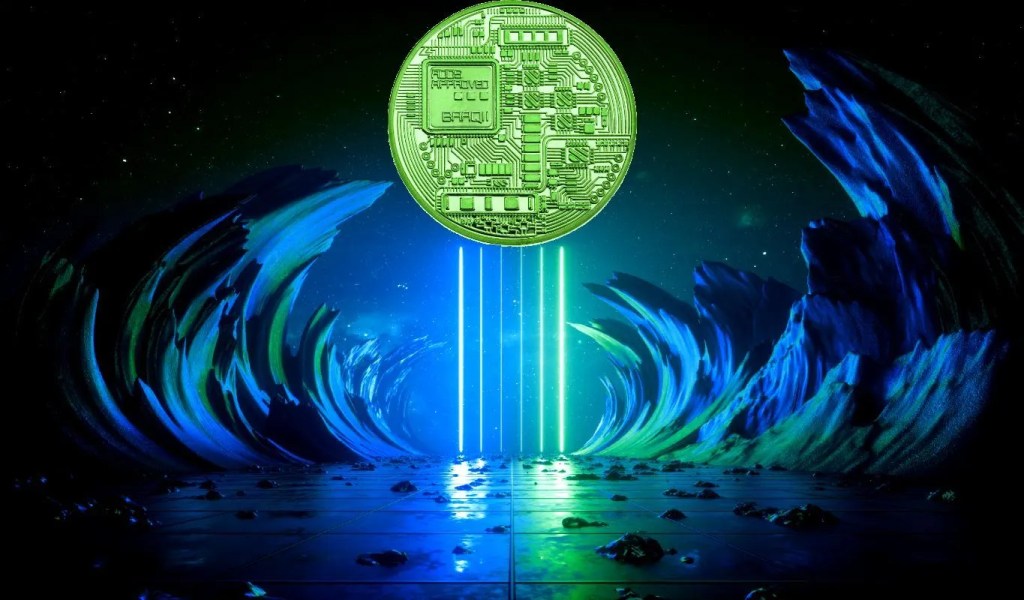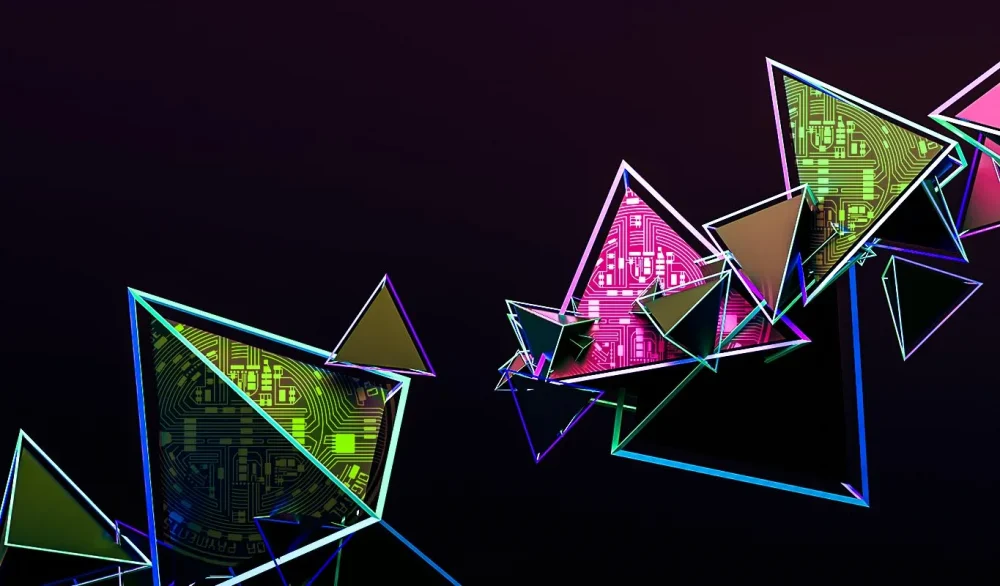Leading altcoin Ethereum is now completing “Turing” and to prove it, a team has created a complete 3D rendering engine, all on-chain and based solely on smart contracts. Here are the details…
Interesting development for the leading altcoin Ethereum
cryptocoin.com As we have also reported, there has been a significant development for the network behind the largest altcoin, Ethereum. A 3D rendering engine was created on the Ethereum network. “You use Ethereum as your own personal graphics card, which is interesting,” says Ike Smith of Spectra Art. Spectra Art is “a group of technologists committed to redefining what is possible in the generative art space.” They developed Shackled, which converts 3D inputs to 2D jpegs using Ethereum nodes and the Ethereum Virtual Machine (EVM).

“Shackled is based on the work of early graphics pioneers using technology from nearly 50 years ago (which is more suitable for on-chain implementation today),” according to the releases. “Specifically, we are modifying versions of Bui Tong Phuong’s [Pho75] and Jim Blinn’s [Bli77] original 3D rendering and lighting models and using them to create a Solidity version of a simple OpenGL [SA99]-inspired render pipeline,” Smith said. used his statements. The Spectra Art team also uses the following expressions:
Shackled does not require gas to render. The entire creation process is done in one read call and therefore does not write any data to the Ethereum Blockchain.

How does the process take place?
The rendering engine only renders. It doesn’t put the jpeg on the Blockchain, but according to many, the process is still interesting. The main reason for this is that we are familiar with json, a data programming language that most coders are familiar with, and according to experts, smart contract communication will be established through this type of code. Manually coding this json file is torture. Smith designs what he wants in Blender, a well-known 3D design software, and then Blender itself converts the image into a json code file where things like color are given as 000000 or 454545 RGB.
Then just processing the Json file with ETH and getting the image. The image itself is not on the Blockchain, you can only see it in your UI. However, Blockchain nodes are processing the image. The key improvement here is that we can use nodes to do this. This is potentially a further refinement of an experiment from the 1970s; this brings graphics to crypto in a way, just like the internet has moved from words to jpegs.

This means that IPFS is no longer needed, no right-click saving, but it doesn’t address the question of what exactly it means to have open source code available to everyone. Therefore, improvements in such experiments seem to continue. It also shows what Ethereum is capable of, even though this is an adaptation of 70s technology to new technology.







